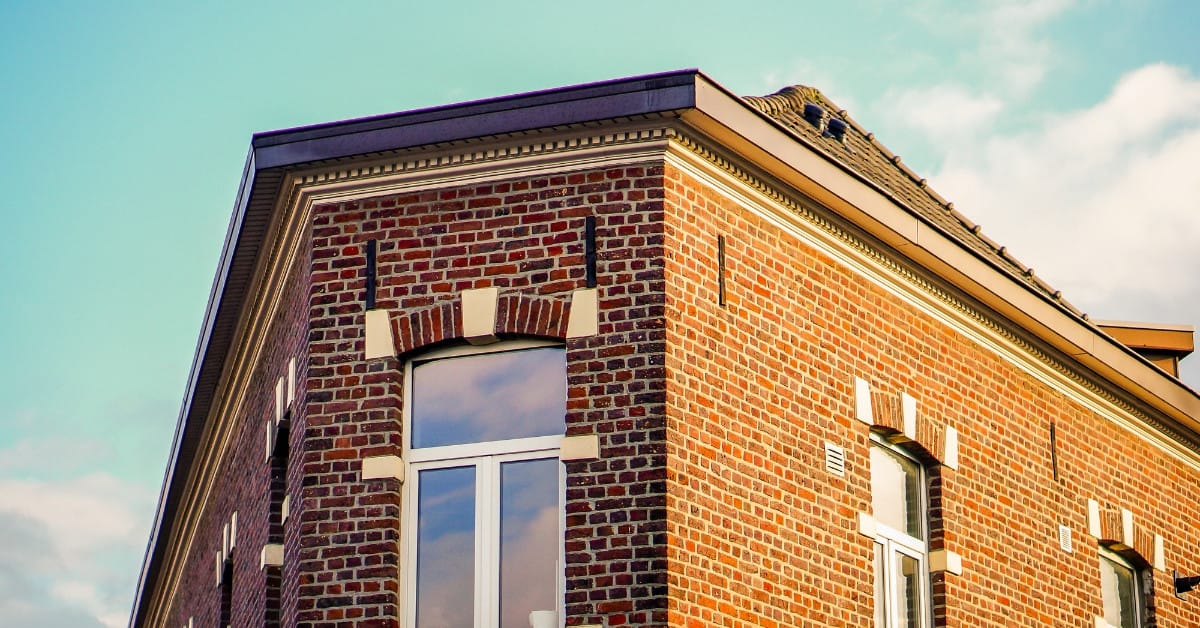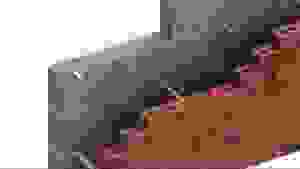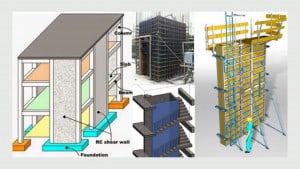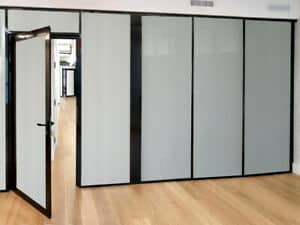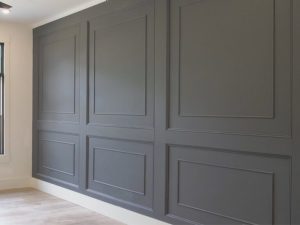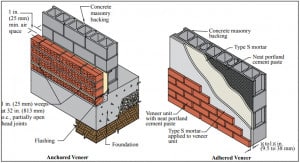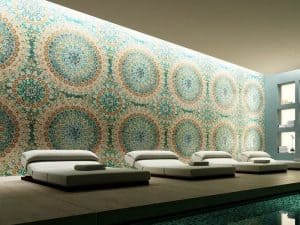There are many types of walls in construction. In this article, you will learn about the different types of walls.
What are Construction walls?
A construction wall is a structural element that divides a space (room) into two spaces (rooms) as well as providing safety and shelter. In general, walls are classified into two types: outer walls and inner walls. Outer walls provide a shelter for the house, while inner walls help to divide the enclosure into the required number of rooms. Inner walls are also referred to as partition walls or interior walls, while outer walls are referred to as exterior walls.
What are the different types of Walls in Construction?
1.Loading Bearing Wall
2.Non-Load Bearing Wall
3.Cavity Walls
4.Shear Wall
5.Partition Wall
6.Panel Wall
7.Veneered Walls
8.Faced Wall
9.Tiled Walls
1.Loading Bearing Wall
It is carrying loads imposed on it, including its own weight, from above beams and slabs, and transferred to the foundation. These walls support structural elements such as beams, columns, and walls above. It can be an exterior wall or an interior wall. From the roof, it braces to the floor.
Types of Load Bearing Wall
There are many types of load-bearing walls, following are these types:
- Precast Concrete Wall
- Retaining Wall
- Masonry Wall
- Pre Panelized Load Bearing Metal Stud Walls
- Engineering Brick Wall (115mm, 225mm)
- Stone Wall
As the building’s height increases, the necessary wall thickness and resulting stress on the foundation will also increase and make it uneconomical. Also, it can carry other structure weight besides its own weight
To remove a load-bearing wall, a new beam and columns must be added to support a higher floor.
2.Non-Load Bearing Wall
Non-load walls only carry their own weight and do not support any structural members, such as beams and slabs. These walls only are used for partition walls or to separate rooms from the outside.
Types of non-load bearing wall
3.Cavity Walls
A cavity wall is one of the external wall construction types. It is a wall made of 2 leaves/skins, with space/cavity between them. A kind of construction of the building wall consists of an outer wall fitted to an internal wall that is segregated by the wind.
4.Shear Wall
Shear walls are a framed walls to resist lateral forces. The horizontal force resistance system is a vertical element. It is used to resist the load of construction by the wind and earthquake.
Shear wall, In a building, a rigid vertical diaphragm is capable of transmitting lateral forces from the exterior walls, floors, and roofs to the ground floor in a direction parallel to their planes. Examples are a reinforced concrete wall or a vertical truss.
Shear walls are harshly important in high-rise buildings subject to lateral wind and seismic forces. Generally, shear walls are either flat or flanged in a section, whereas core walls consist of channel sections. They also have adequate strength and stiffness to manage lateral displacements.
5.Partition Wall
The partition wall is an interior non-load bearing wall to divide the larger space into smaller spaces. The heights of a partition wall depend on the use which may be one storey or part of one storey. These walls are made up of glass, fiberboards, or brick masonry.
6.Panel Wall
The panel wall is usually made of wood and is an external non-load wall in a framed building. It is used for the esthetics of both internal and external structures.
7.Veneered Walls
Masonry veneer walls are non-structural masonry walls made of brick, stone, or manufactured stone. It is known as anchored veneer because it has an air space behind it.
8.Faced Wall
Faced walls have the facing and backing of two different materials that are bonded together to ensure common action under load.
9.Tiled Walls
Another type of wall design is the use of tiles on the walls. Although this type of wall finish is typically found in bathrooms or kitchens, it can also be found in bedrooms. They are visually appealing and add a modern touch to any room, including the bedroom. You can experiment with this type of wall finish by using a mosaic design on one side of the wall and painting the rest of the bedroom walls.
See Also
Two Way Slab Design
Block Work Method Statement
Road Works Method Statement
Epoxy Method Statement

